Search
Search Results

Image
The Sacrifice of Gideon
The Sacrifice of Gideon, oil on canvas painting by Hendrik Heerschop, 1653.
Museum of John Paul II Collection, Warsaw.
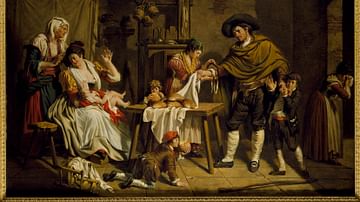
Image
The Self-Sacrifice of a Father
The Self-Sacrifice of a Father, painting by Jacques Sablet, second half of the 18th century.
Nationalmuseum, Stockholm.
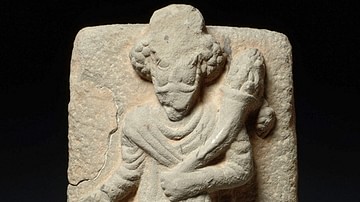
Image
Parthian King Offering Sacrifice
This is the frontal bas-relief of a Parthian king offering sacrifice to the god Heracles-Verethragna, patron god of royal dynasties, presently housed in room 310 of the Louvre Museum, Paris, France. 2nd-3rd century CE.

Article
Wall Reliefs: Apkallus of the North-West Palace at Nimrud
Religion is the sigh of the oppressed creature, the heart of a heartless world, and the soul of soulless conditions. It is the opium of the people. (Karl Marx, Critique of Hegel's Philosophy of Right). When it comes to religion, many people...

Definition
Iphigenia in Aulis
Iphigenia in Aulis (or at Aulis) was written by Euripides, the youngest and most popular of the trilogy of great Greek tragedians. The play was based on the well-known myth surrounding the sacrifice of Agamemnon and Clytemnestra's daughter...
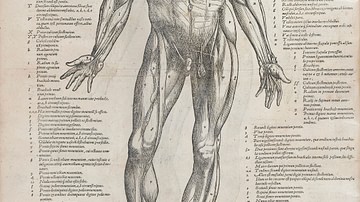
Image
Page from On the Fabric of the Human Body
An intricately labelled diagram of the human muscles from Andreas Vesalius' (1514-1564) celebrated book on anatomy, On the Fabric of the Human Body, first published in 1543. (Wellcome Images)
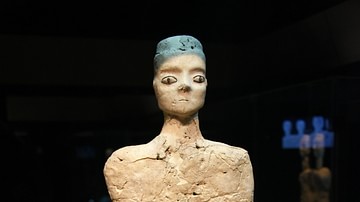
Image
Standing Human Statue from Ain Ghazal
This statue was made of lime plaster, reed, and bitumen and was found in modern-day Ain Ghazal city in the outskirt of Amman, Jordan Hashemite Kingdom. Between 1983-1985 CE, 15 statues and 15 busts made of lime plaster and reed were found...
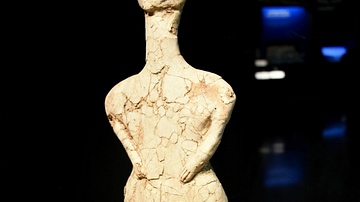
Image
Human Statue from Ain Ghazal
This statue was made of lime plaster, reed, and bitumen and was found in modern-day Ain Ghazal city in the outskirt of Amman, Jordan Hashemite Kingdom. Between 1983-1985 CE, 15 statues and 15 busts made of lime plaster and reed were found...

Image
Vesalius Dissecting a Human Body
The frontispiece of On the Fabric of the Human Body (1543) by Andreas Vesalius (1514-64). The anatomist is shown making a dissection of a human body. (National Library of Medicine)
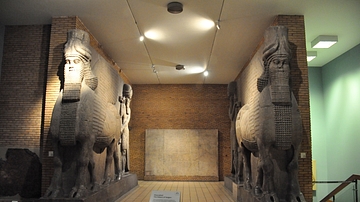
Image
Human-Headed Winged Bulls and Genies from Khorsabad
A pair of human-headed and winged-bulls (lamassu), stood on either side of a gate at one of the citadel walls at Khorsabad. Two human-headed and winged protective spirits or genies stand behind the bulls; those divine figures are about to...